Excessive loud sounds can cause disruptions in everyday life and especially stress for the elderly, children and pets. The solution is obvious — soundproof the room where the noise is coming from.
However, soundproofing a room in your house can be a complicated process. It takes time, planning and quality sound equipment. However, there are numerous other ways you could carry out this task.
Graana.com has prepared a guide below on how you can soundproof a room in your house at practically no cost or in just a small budget.
What Is Soundproofing?
Soundproofing is the practice of reducing the amount of sound that can pass through a wall, floor, ceiling, or any other structure. This is typically done by using materials that are effective at absorbing or blocking sound waves, such as heavy curtains, weather stripping, acoustic caulk, and mass-loaded vinyl.
Soundproofing can be used to reduce noise from external sources, such as traffic or construction, or to improve the acoustics of a room by reducing echo and reverberation. It is often used in homes, offices, and other spaces to improve the overall quality of the living or working environment.
Why Is Soundproofing Important in a House?

Soundproofing is important for several reasons. It can reduce external noise from entering the house, which can be distracting. This can be particularly important in urban environments where traffic, construction, and other sources of noise can be loud and constant.
Moreover, it can improve the overall acoustics of a room, reducing echo and reverberation and making it more comfortable to be in. This can be particularly important in rooms that are used for activities like watching TV, listening to music, or working.
Additionally, it can improve the privacy of a room. It can also help to improve the energy efficiency of a house, by reducing drafts and air leakage, as well as thermal insulation. Overall, soundproofing a house can make it a more comfortable, peaceful, and private place to live.
Easy Ways to Soundproof a Room in a House
Mentioned below are some of the easiest ways to soundproof your room.
- Hang heavy curtains or blinds
- Install weather stripping
- Apply sealant or acoustic caulk
- Hang soundproof mats
- Install a drop ceiling
- Use rugs and mats
- Use gap sealers
- Install white noise machine
- Rearrange your furniture
Hang Heavy Curtains or Blinds

Use thick, heavy curtains or blinds on windows to block out external noise. These can be particularly effective at reducing noise from traffic or other external sources.
They can also help retain heat in the winter and keep heat out in the summer, making them a good option for thermal insulation as well.
Install Weather Stripping
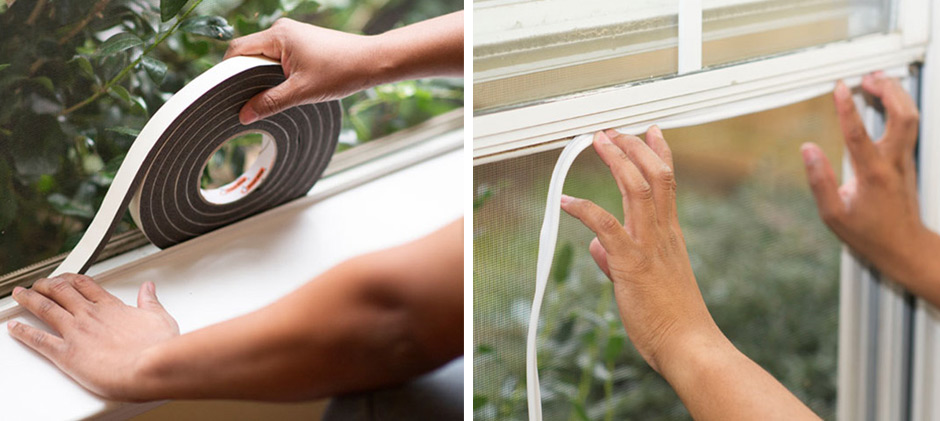
Another way to make your room soundproof is to install weather stripping around doors to seal gaps and prevent sound from entering the room.
This can be particularly effective at reducing noise from outside sources, as well as reducing drafts and improving the overall energy efficiency of your home. Weather stripping is relatively inexpensive and easy to install, and can be found at most hardware stores.
Apply Sealant or Acoustic Caulk

Apply soundproofing sealant or acoustic caulk to gaps and cracks in walls, floors, and ceilings.
These materials are designed to block sound and, thus, can be effective at reducing noise levels in a room. They are comparatively easy to apply and can be found at most home improvement stores.
Hang Soundproof Mats
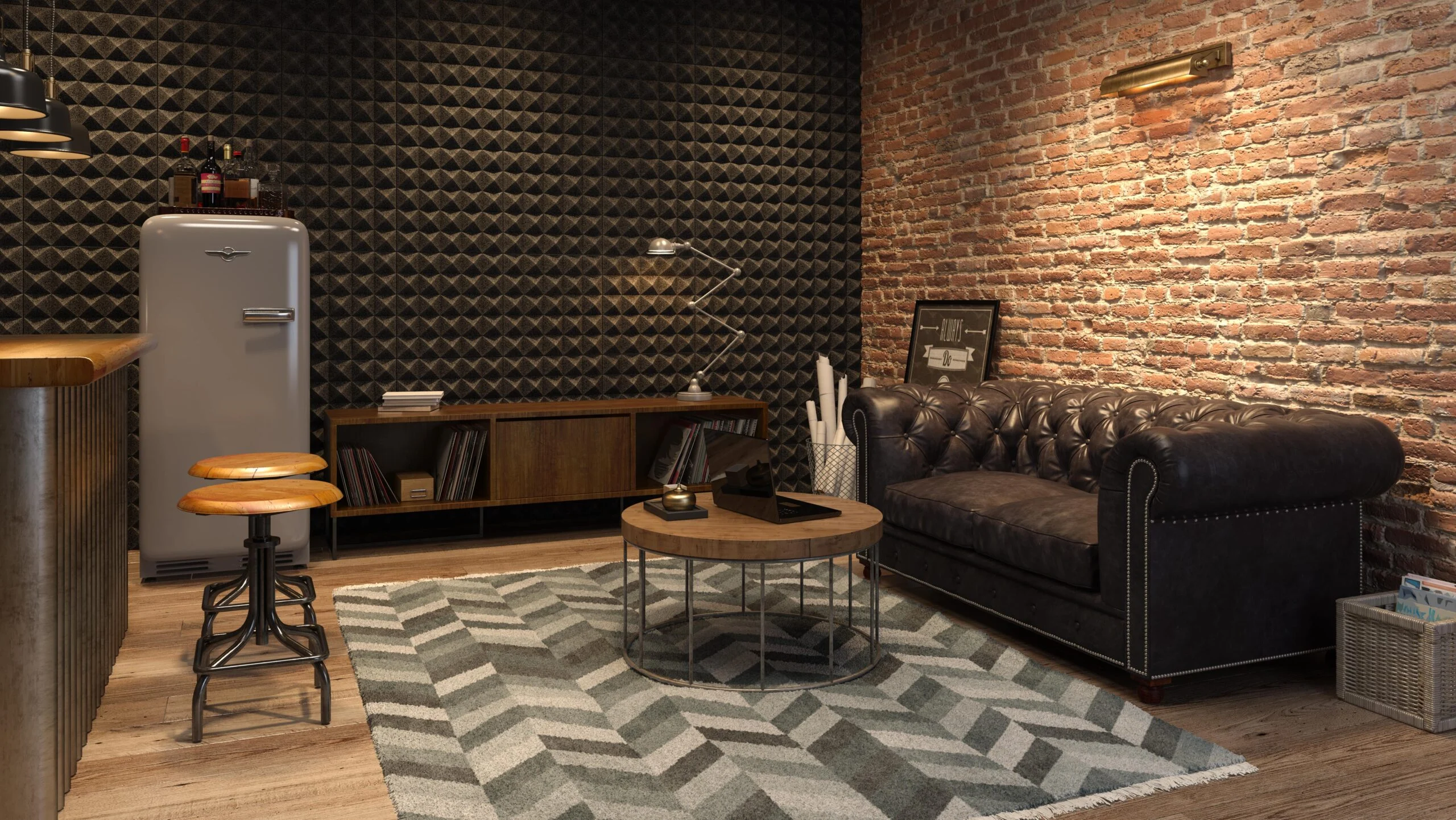
Use mass-loaded vinyl or soundproofing mats on walls and floors to reduce noise. They are relatively easy to install and can be cut to fit around power outlets, switches, and other obstacles.
Install a Drop Ceiling
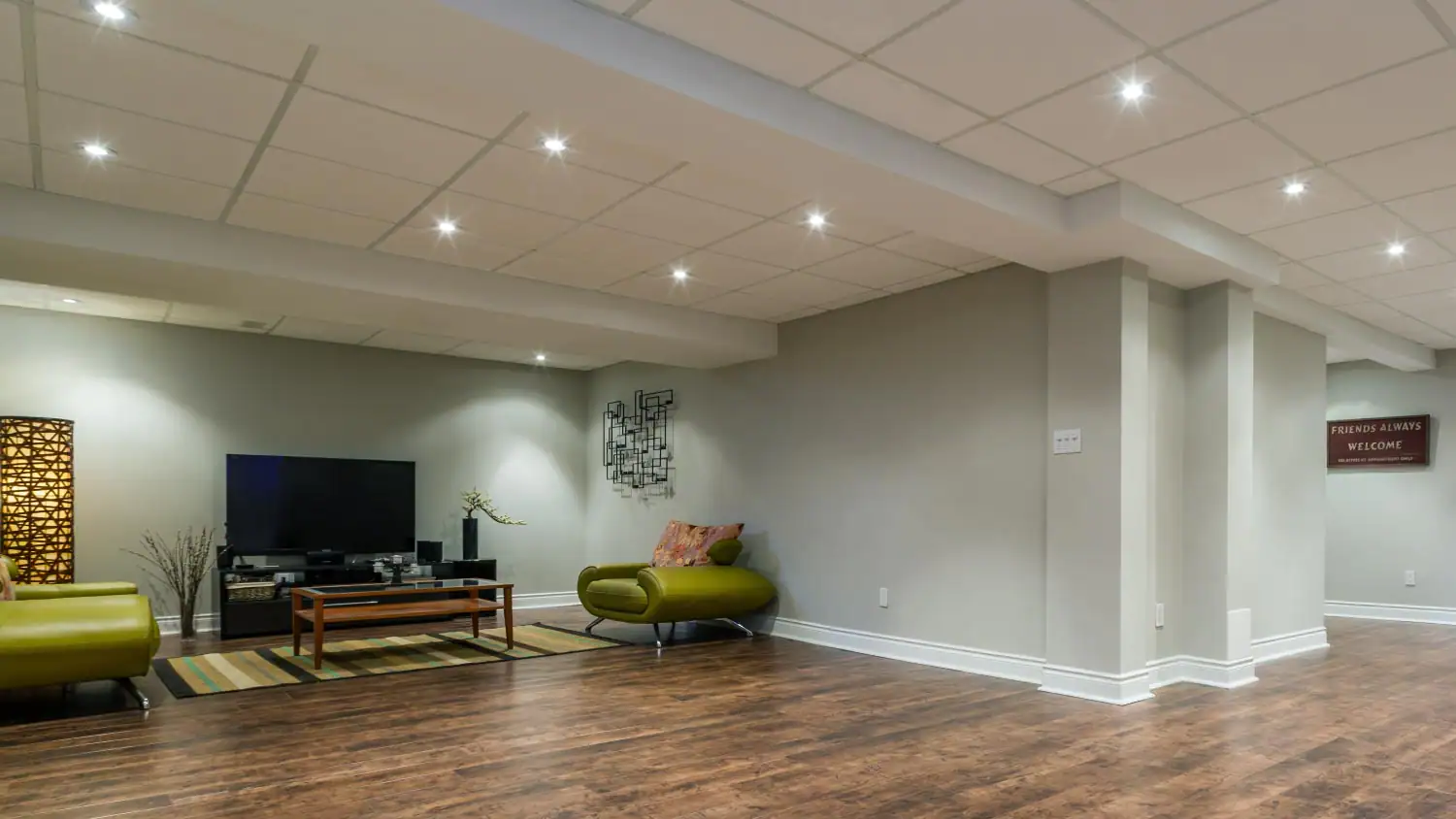
To make your room soundproof, install a drop ceiling to create an air gap between the existing ceiling and the new one, which can help absorb sound.
This is an efficient way to lower the noise levels in a room, especially if the existing ceiling is made of a hard reflective material, such as concrete or tile.
A drop ceiling is relatively easy to install and can be done as a DIY project that yields positive ROI. However, if your existing ceiling is particularly high or difficult to access, you may need to hire a professional.
Use Rugs and Mats
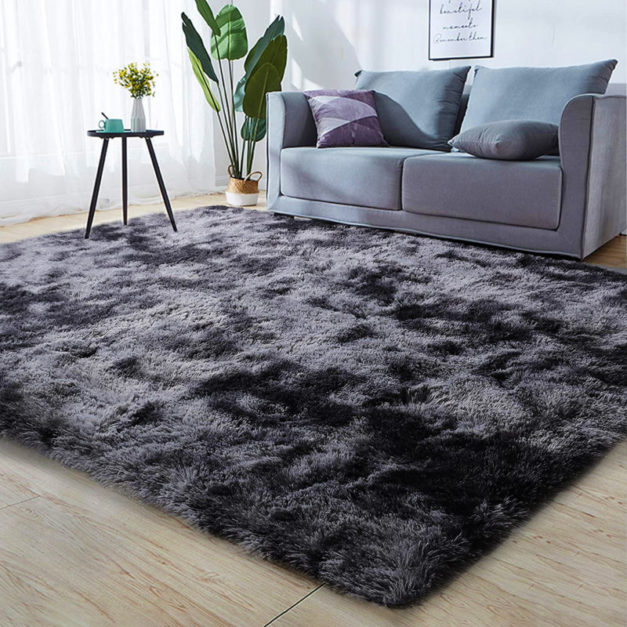
Use carpets, mats or rugs to absorb sound and reduce echo in a room. Soft, absorbent materials can help reduce echo and reverberation in a room, making it more comfortable.
Use Gap Sealers
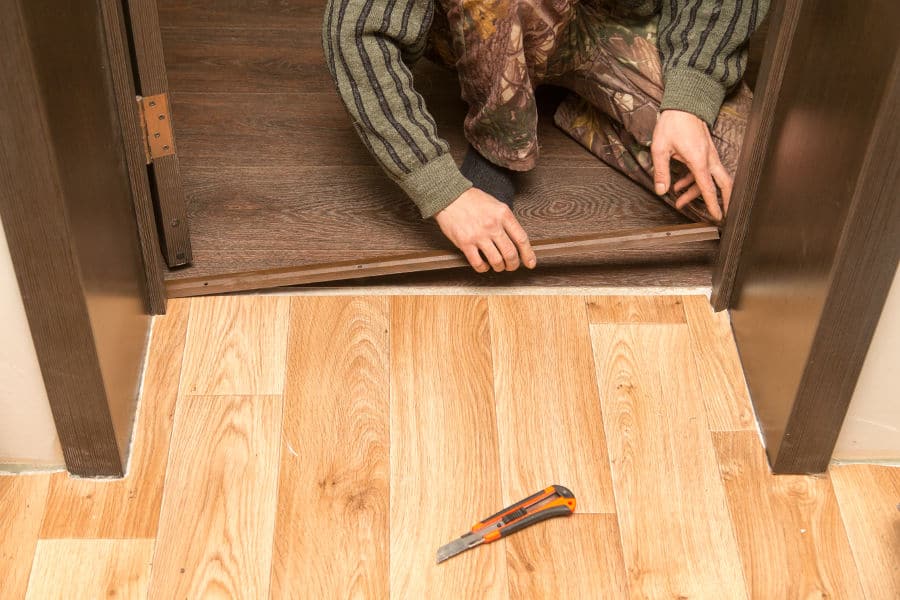
One of the most effective ways to soundproof your room is to install a door sweep at the bottom of the door to close the gap and prevent noise from entering the room.
This can be an effective way to reduce noise from outside sources, as well as reduce drafts and improve the overall energy efficiency of your home. A door sweep is relatively inexpensive, is easy to install and can be found at most hardware stores.
Install White Noise Machine

Consider adding a white noise machine to a room to mask external sounds. White noise machines can be effective at masking external noises like traffic or construction, which can make it easier to sleep or concentrate in a noisy environment.
They are available at most electronics retailers, are reasonably priced, and are pretty simple to use.
Rearrange Your Furniture

We can’t disagree with furniture’s ability to absorb sound, even though it can seem like an overly simple solution. Larger furniture items, such as bookcases or closets, can be carefully positioned against thin walls to absorb sound waves that may enter the room.
In a Nutshell
It’s important to note that complete soundproofing is difficult and expensive to achieve. The effectiveness of the above-mentioned methods will depend on the size and layout of the room, as well as the level of soundproofing you’re trying to achieve.
In some cases, it may be necessary to combine several of these methods in order to achieve the desired level of soundproofing. If you’re looking for more home improvement guides, like the best lighting ideas for your living room, follow Graana blog.




